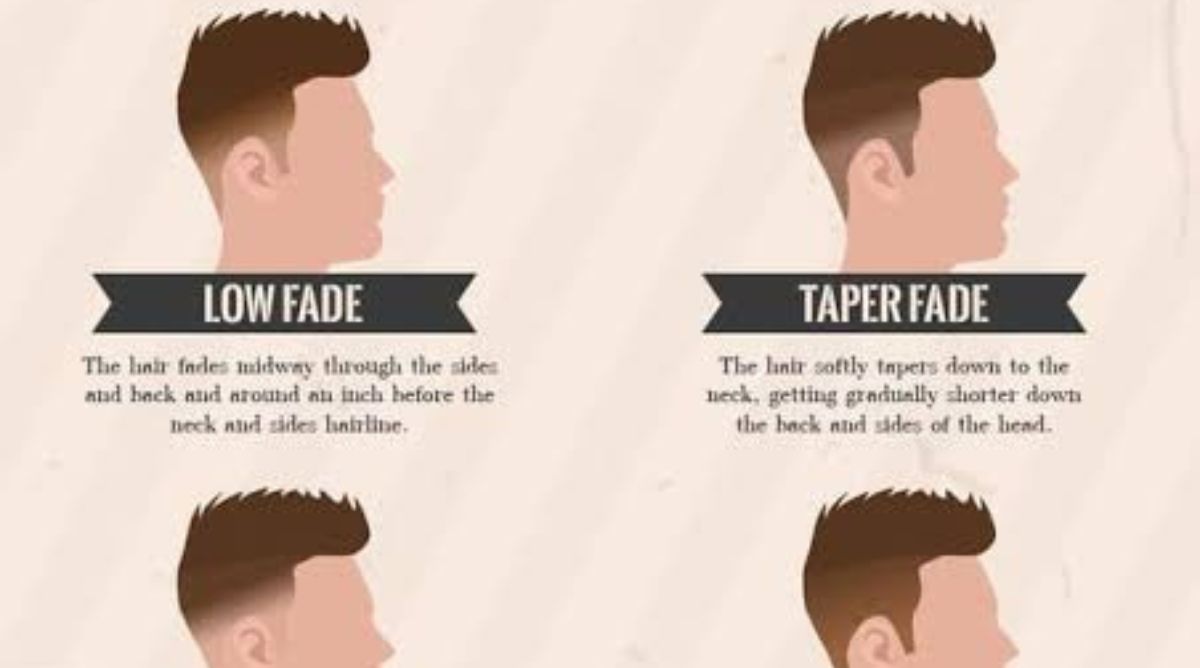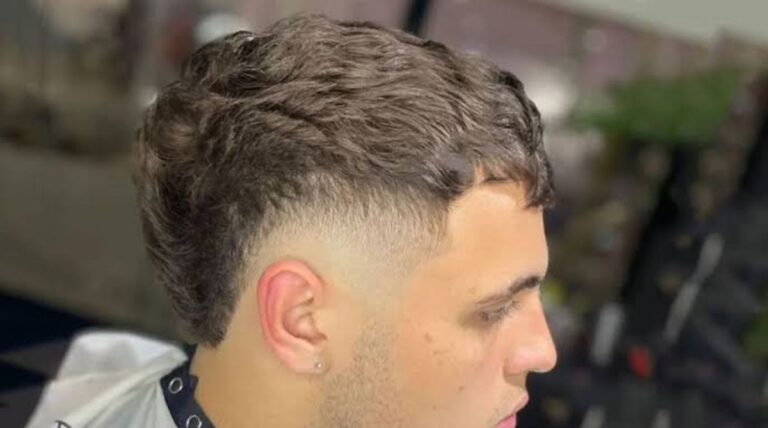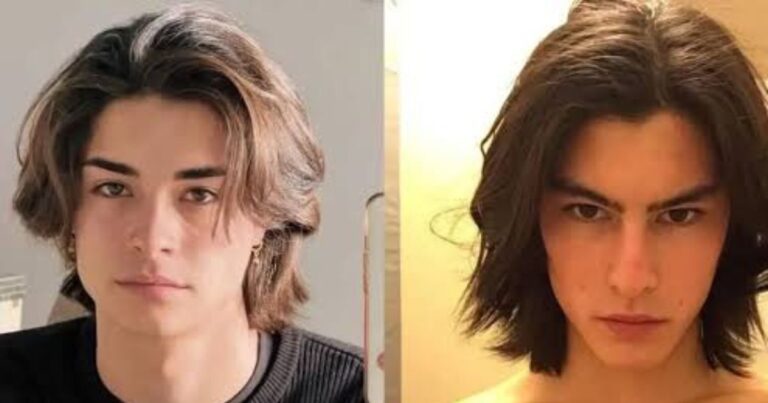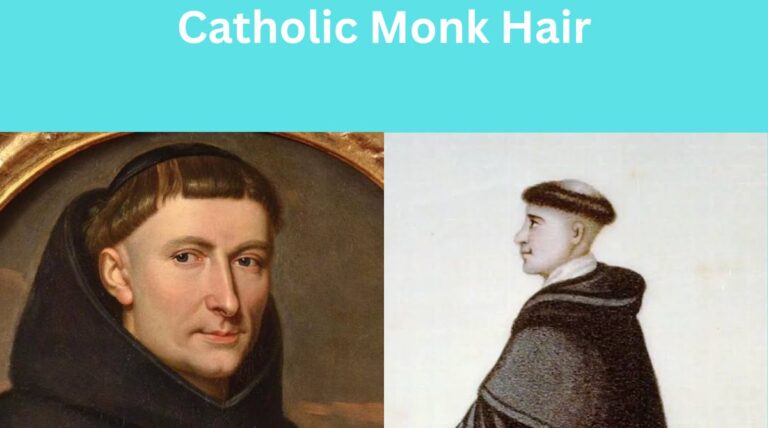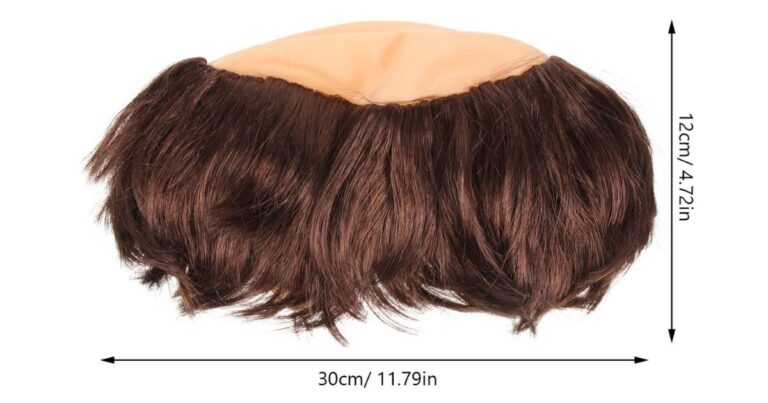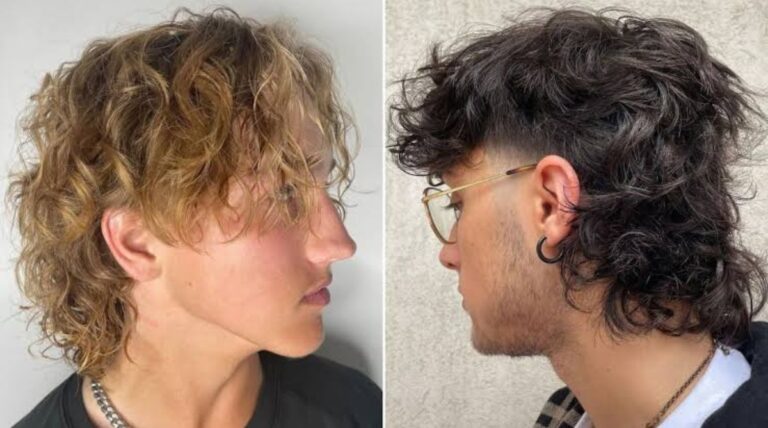Low Fade Guide
When it comes to men’s grooming and hairstyling, the low fade haircut remains one of the most versatile and timeless choices. Whether you’re new to fades or looking to refine your current style, this Low Fade Guide will walk you through everything you need to know—from what a low fade is to how to maintain it, who it suits best, and the many variations you can explore.
What Is a Low Fade?
A low fade is a type of haircut where the fade begins just above the ears and gradually increases in length as it moves upward toward the top of the head. Unlike high or mid fades, the taper in a low fade is subtle and close to the neckline. This results in a clean, polished look that works well in both casual and professional settings.
Key Features of a Low Fade:
- Fade starts around the ear level
- Gradual transition from short to long
- Sharp edges or soft taper based on preference
- Easily customizable with various top styles
Why Choose a Low Fade?
1. Versatility
The low fade complements a wide range of hairstyles—from classic pompadours and side parts to modern quiffs, textured crops, and curly tops. It allows creativity without overwhelming the natural look of your hair.
2. Professional Appeal
Because the fade begins low on the head, this style is subtle and appropriate for work environments, including conservative offices or formal events.
3. Suits Most Face Shapes
The low fade’s tapering effect elongates the face and can create balance for various face shapes—round, square, oval, and even diamond.
Variations of the Low Fade
1. Low Skin Fade
This version shaves the hair all the way down to the skin around the ears and nape, giving a very clean, crisp look. It works well with bold styles like a spiky top or faux hawk.
2. Low Taper Fade
Instead of blending all the way up, the taper fade focuses on a gradual blend just near the neckline and sideburns. It’s more conservative and is a favorite among businessmen and older gentlemen.
3. Low Drop Fade
The fade follows the natural curve of the head, dipping behind the ear before rising toward the back. This creates a stylish arc effect and is often paired with curly or textured hair.
4. Low Burst Fade
Common in mullets or mohawks, the burst fade arcs around the ear in a semi-circle pattern and “bursts” outward from a central point. It’s edgy and modern.
How to Ask for a Low Fade
When visiting your barber or stylist, communication is key. Here’s how to explain what you want:
- Ask for a “low fade” and specify if you want a skin, taper, or drop variation.
- Mention how long you want the hair on top to remain.
- Bring reference photos if possible.
- Discuss your neckline preference—rounded, boxed, or tapered.
- If you want extras like a hard part, line design, or beard fade, be sure to say so.
How to Maintain a Low Fade
A low fade requires regular upkeep to keep it looking sharp.
1. Trims Every 2–3 Weeks
Fades grow out fast, and the clean look can fade quickly. Visiting the barber every few weeks ensures a consistent shape.
2. Use the Right Hair Products
Depending on your hairstyle, you might need:
- Pomade or wax for slick styles
- Matte clay for texture
- Curl enhancers for natural or curly tops
3. Keep Your Neckline Clean
Use a trimmer at home to maintain the neckline if you’re stretching time between barber visits.
Who Should Try a Low Fade?
The low fade is ideal for:
- Men new to fades who want a conservative look
- Professionals needing a sharp but subtle haircut
- Men with thick, curly, or straight hair
- Teenagers and students for a trendy yet acceptable school style
People with receding hairlines or thinning hair can also benefit, as the gradual blend can make hair appear fuller.
Low Fade vs Other Fades
| Feature | Low Fade | Mid Fade | High Fade |
|---|---|---|---|
| Fade Start Point | Around ear | Temple level | Above temples |
| Style | Subtle | Balanced | Bold |
| Professional Use | High | Moderate | Low |
| Maintenance | Moderate | Moderate | High |
The low fade is the most conservative and easiest to wear in both formal and casual environments.
Styling Tips for Low Fade Haircuts
- Use a comb and blow dryer to add volume on top for styles like pompadours or quiffs.
- Try curl cream if you have curly hair to enhance texture.
- Line-ups or edge-ups add sharp lines along the forehead and temples for a clean finish.
- Pair with a beard fade for a unified, polished look.
Celebrity Inspiration
Several celebrities sport the low fade for its adaptable appeal:
- Zayn Malik often pairs a low fade with a textured crop.
- David Beckham is known for classic low fade combovers.
- Chris Hemsworth has worn it with medium-length brushed-back styles.
- Michael B. Jordan favors the low fade for a clean, professional image.
DIY Low Fade: Should You Try It?
Cutting a low fade at home is possible, but requires skill and tools:
- Quality clippers with fade guards
- A mirror setup (preferably three-way)
- Comb and scissors
- Steady hands and plenty of patience
Unless you have experience, it’s best to leave fades to professionals.
Final Thoughts
The Low Fade Guide shows that this haircut is a winning option for men seeking a clean, modern, and adaptable style. Whether you want a classic, business-friendly look or something edgier with curls, parts, or textures, the low fade offers the perfect foundation.
Its ability to blend subtly while enhancing the top hair’s character makes it a staple in modern men’s grooming. With the right barber, products, and maintenance routine, a low fade can elevate your style game effortlessly.
